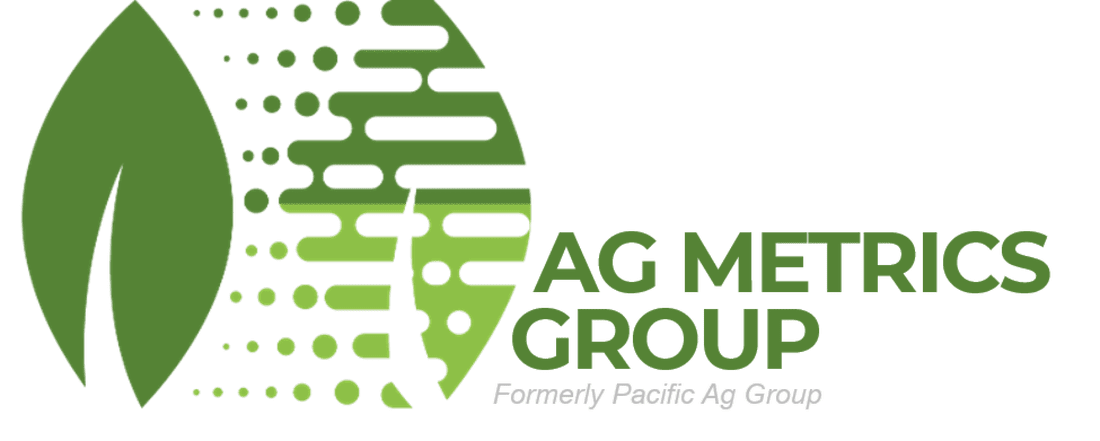Florida Ag Research presented a “Proof of Concept” field demonstration intended to evaluate the suitability of using solar radiation to enhance soil borne pest control with Conventional Fumigants and Anaerobic Soil Disinfestation in commercial Florida strawberry production. Potential benefits of the system include: a) Solarization and ASD are approved organic soil pest control options b) Solarization with conventional soil borne pest control inputs may allow reduction in chemical usage c) ASD is a potential waste recycling system The project, which began in June of 2021, was published by Florida Ag Research/Ag Metrics Group scientists and growers: Frank Sances, Balaji Aglave, Mark Keeley, Kaleb Williams, and Charlie Boone. The Solarization Project was presented by Ag Metrics Group’s Mark Keeley (formerly a Station Manager of Florida Ag Research). “It was great to come back out and present this exciting work to growers and researchers since the ‘Field Day’ was cancelled last January,” said Keeley, “And a great opportunity to introduce Mariano [Galla], the new Florida Ag Research Station Manager, to the Florida strawberry grower community.” 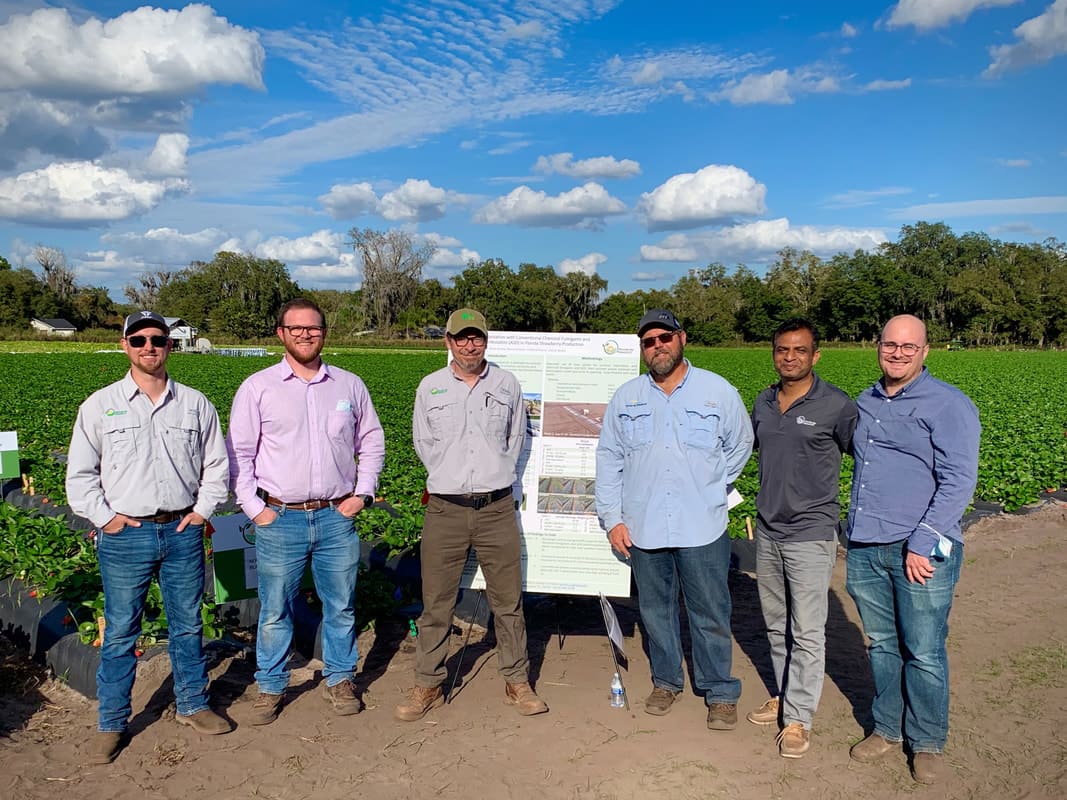 L to R: Florida Ag Research / Ag Metrics Group Project Team: Kaleb Williams - Field Operations, Mark Keeley - Special Projects, Brad Booker - Pacific Ag Research Station Manager (former Florida Ag Research Station Manager), Charlie Boone - Assistant Station Manager, Balaji Aglave - Nematology / Plant Pathology, Mariano Galla - Station Manager Introduction This "Proof of Concept" field demonstration is intended to evaluate the suitability of using solar radiation to enhance soil borne pest control with Conventional Fumigants and Anaerobic Soil Disinfestation in commercial Florida strawberry production. Potential benefits: a) Solarization and ASD are approved organic soil pest control options b) Solarization with conventional soil borne pest control inputs may allow reduction in chemical usage c) ASD is a potential waste recycling system Methodology Alternate use of clear plastic for summer solarization with chemical fumigants and ASD, then summer plastic replaced with black plastic mulch just prior to planting. Crop finished with black mulch. Summary of Findings To-Date
In the Western US: Pest Management Research - Perennial California Crops with Pacific Ag Research7/8/2021
High Density Apple Plantings: Pacific Ag Research (PAR) has two new high density apple test systems, one at its San Luis Obispo station, and one at its Salinas location (2022) in the fog belt near Castroville. These sites provide highly favorable environments for foliar diseases and uniform field test conditions. The plantings are unique to PAR and offer research managers a dependable high pressure fungal and bacterial test system.
Michigan Ag Research: In the Midwest: Acreage Expansion, Equipment Acquisition, New Construction6/30/2021
New 7,500 sq. ft. Laboratory, Dormitory & Shop Land: We are proud to announce that Michigan Ag Research (MAR) is now over 200+ acres of irrigated and deer-fenced research farm land. With the addition of this new acreage, MAR can conduct much larger trials, provide more opportunities for crop rotational studies, and even fallow plots where protocols require. Facilities: To advance toward our objective of having a best-in-class, office/lab campus at Albion, MAR is now in the final stages of construction of a massive 7,500 sq. ft. structure, which will include:
In the Southeast: Promotions and New Certifications of Staff and Facility at Florida Ag Research6/24/2021
We are happy to announce promotions and new talent at Florida Ag Research. Mark Keeley has been promoted to Director of Regulatory Services - Ag Metrics Group, developing the corporation's GLP business nationally. Mark will complete the 2021 bio-efficacy season with FAR.
Conventional and Novel Fungicide Efficacy for Controlling Pestalotiopsis in Florida Strawberry5/28/2021 Florida Ag Research Report Frank Sances, Balaji Aglave, and Mark Keeley Summary Efficacy of various fungicide tank mixes which included combinations of Inspire and Rhyme, with Uptake, EnviroChlorite (DragonFire), Sportak 45 EC, AgroMos, and SoilSet are reported here for controlling Pestalotiopsis on strawberry. Plots were artificially infested with Pestalotiopsis and control on fruit and foliage, as well as yield effects, were assessed through the end of March. Figure 1. Overview of Brilliance variety strawberries planted in Thonotosassa, FL. Plants were infested with Pestalotiopsis just prior to the first application of various tank mixes and fungicides. Experimental Design Replicated plots were sprayed initially in mid-February to simulate grower conditions. Inoculated and noninoculated untreated check plots were included for reference and fungicide treatments included conventional and novel products applied alone or as tank mixes (Figure 2). Figure 2. Treatment list applied once February 16, or February 16, February 23, and March 2. Results Crop Response No crop injury was observed with any fungicide treatment used. RapidSCAN remote sensing equipment was used to measure canopy greenness (NDVI) and density (NDRE). Plants treated with the three Rhyme or Uptake sprays, or a solo application of Sportak 45 EC had significantly lower plant health readings for both parameters. Pestalotiopsis Control Strawberry plants in the inoculated and uninoculated check plots had higher average Pestalotiopsis severity one week after the second application. Plots treated with tank mixes of fungicides plus surfactants tended to have lower disease severity than the fungicide only applications, and plots treated with Sportak 45 EC, was among the least infested of any treatment. Foliar fungal control, relative to the inoculated check, was highest for plants treated with three applications of tank mixes of Inspire and Uptake (78%, Figure 3), while EnviroChlorite provided the least control (7.6%). Figure 3. Control, relative to the untreated check, for foliage and fruit. Average severity ratings over time (SAUDPC) were used to tabulate control with the Abbott’s formula. On fruit, differences among treatments were not statistically different from the untreated control (p=0.109). However, numerically treatments of AgroMos and SoilSet, whether alone or with Rhyme, as well as Rhyme alone, performed best for Pestalotiopsis control on fruit. Botrytis was also present in the field, although infection was uniform among treatments with no significant control observed with any of these spray regimes. Yield Marketable, unmarketable, and diseased berries were counted and weighed from seven post-treatment harvests (Figure 4). Marketable and unmarketable totals were uniform among treatment. The fewest Pestalotiopsis-infected fruit yields came from plots treated with tank mixes of Inspire and Uptake, with under 0.3% infected total berries. Switch and EnviroChlorite did not perform as well as the other fungicides in this study, with the most infected fruit as a proportion of the total yield (almost 3%). Estimated gross returns were calculated based on Florida returns for strawberries per the USDA market report. Returns to the grower were not statistically significant (p=0.58) among these fungicide treatments. Figure 4. Total yield for marketable, unmarketable (misshapen, discolored), or Pestalotiopsis infested berries were counted for seven weekly harvests. Infected fruit yields were significantly higher for plots treated with EnviroChlorite, with 35 infected out of a total 1656 berries harvested. Conclusions
Tank mixes of Inspire with Uptake applied three times resulted in the best control of Pestalotiopsis on plant foliage among the treatments tested, while EnviroChlorite applied alone was the least effective. Fruit yields however, were not significantly different among these treatments. |
Archives
April 2024
Categories
All
|

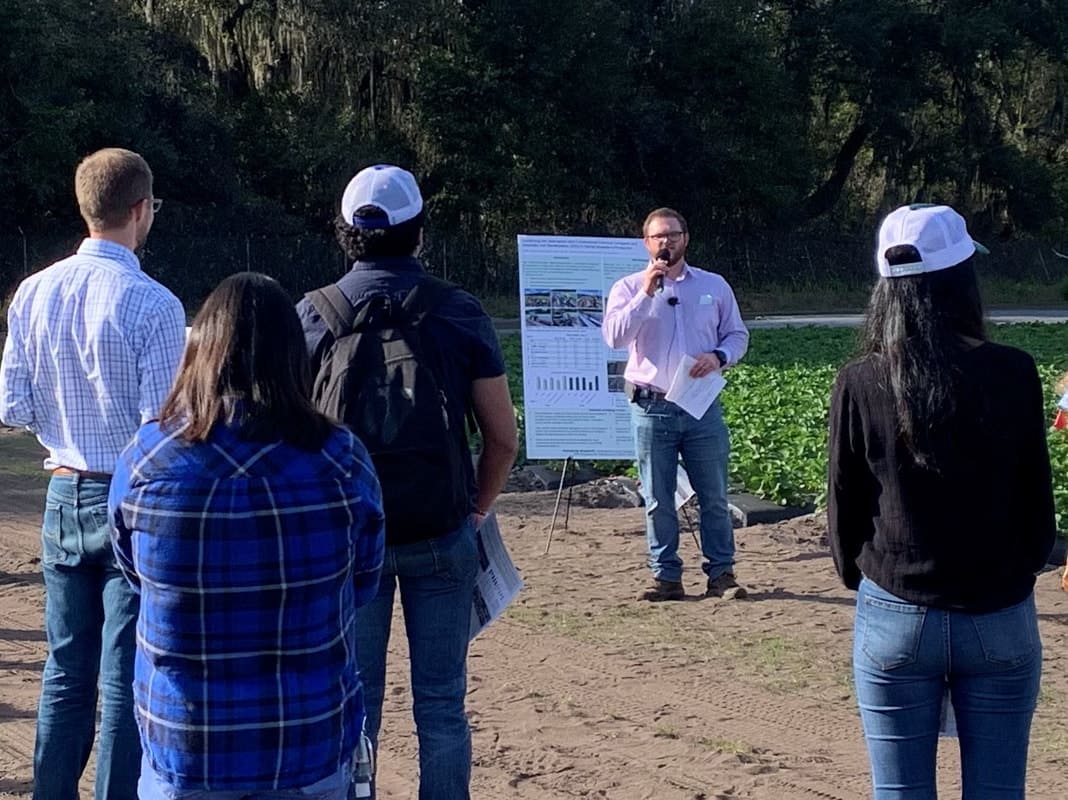
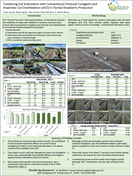



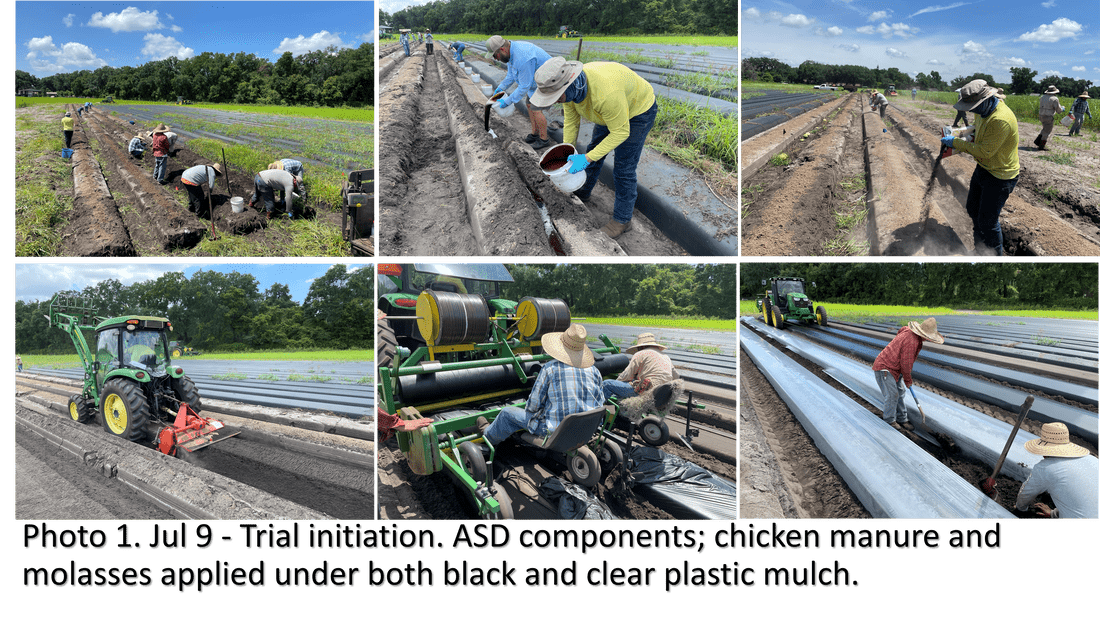
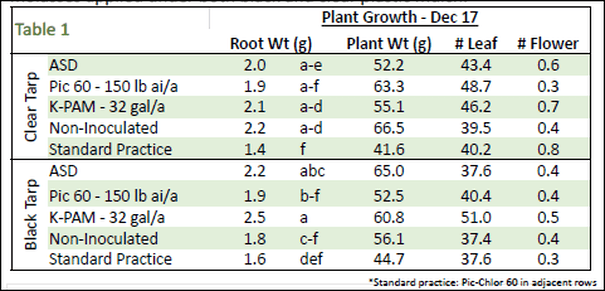
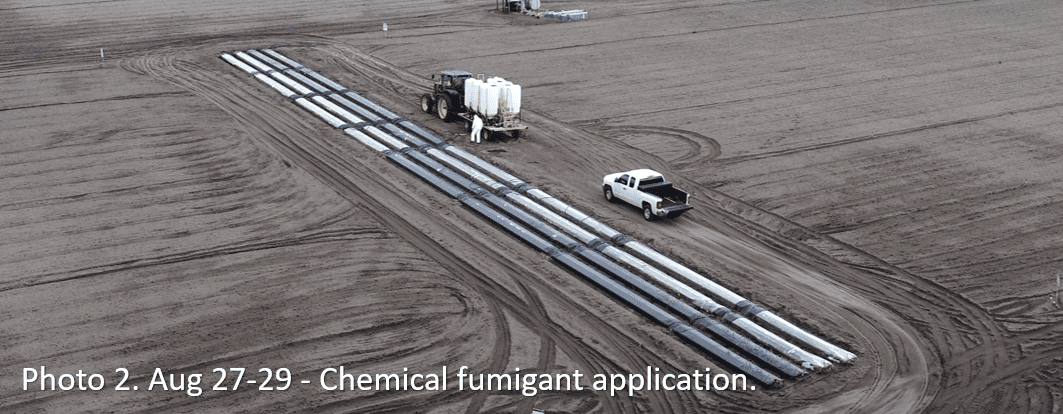
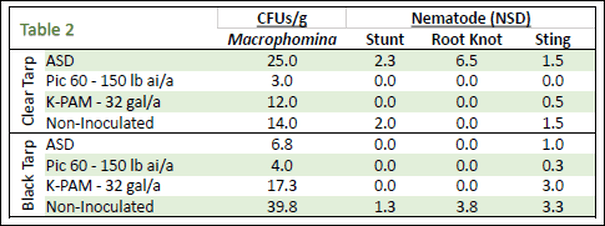
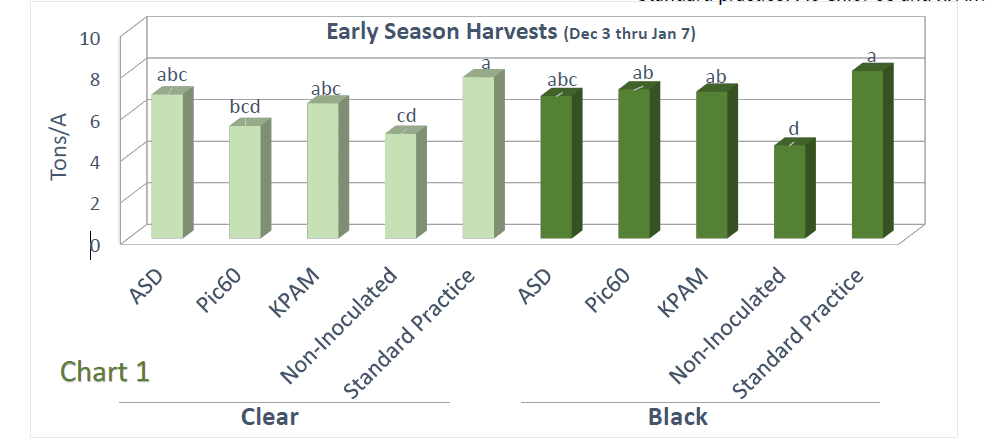
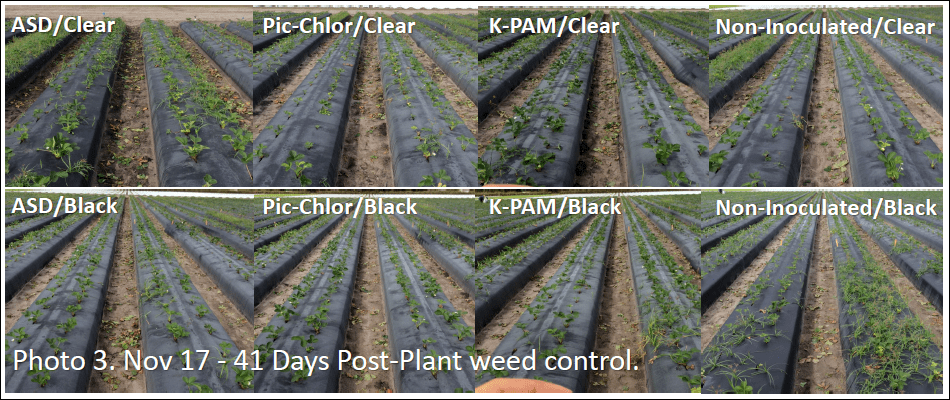

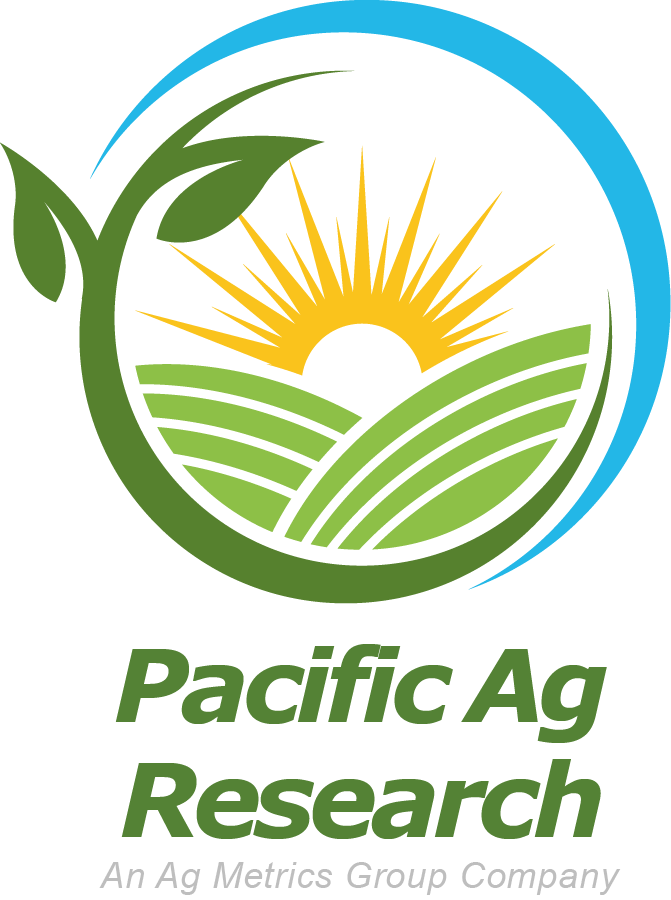
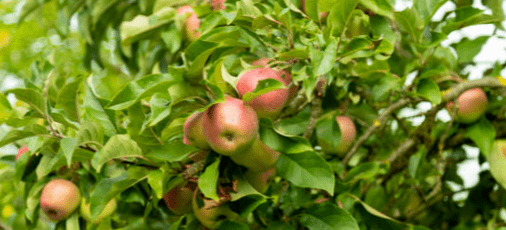

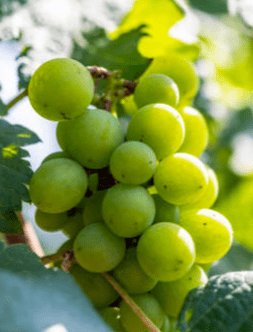

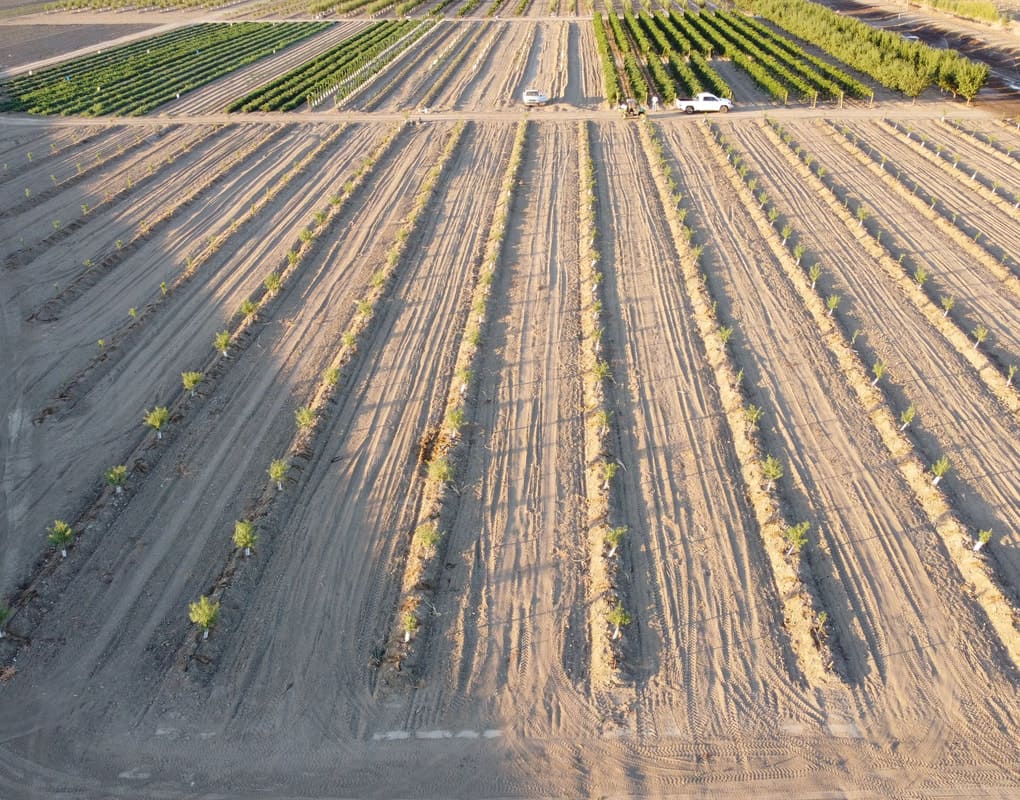
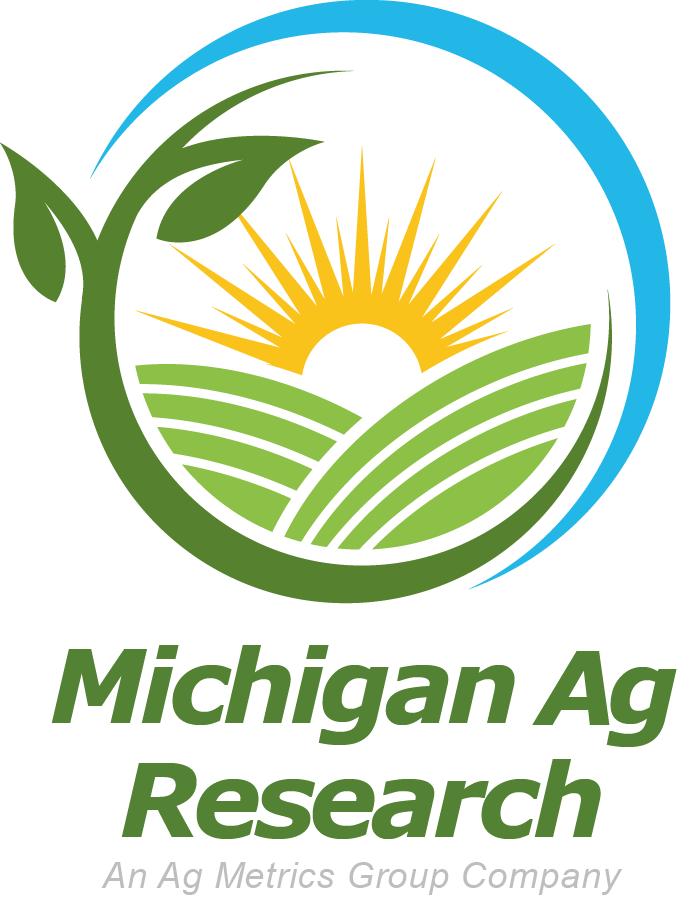
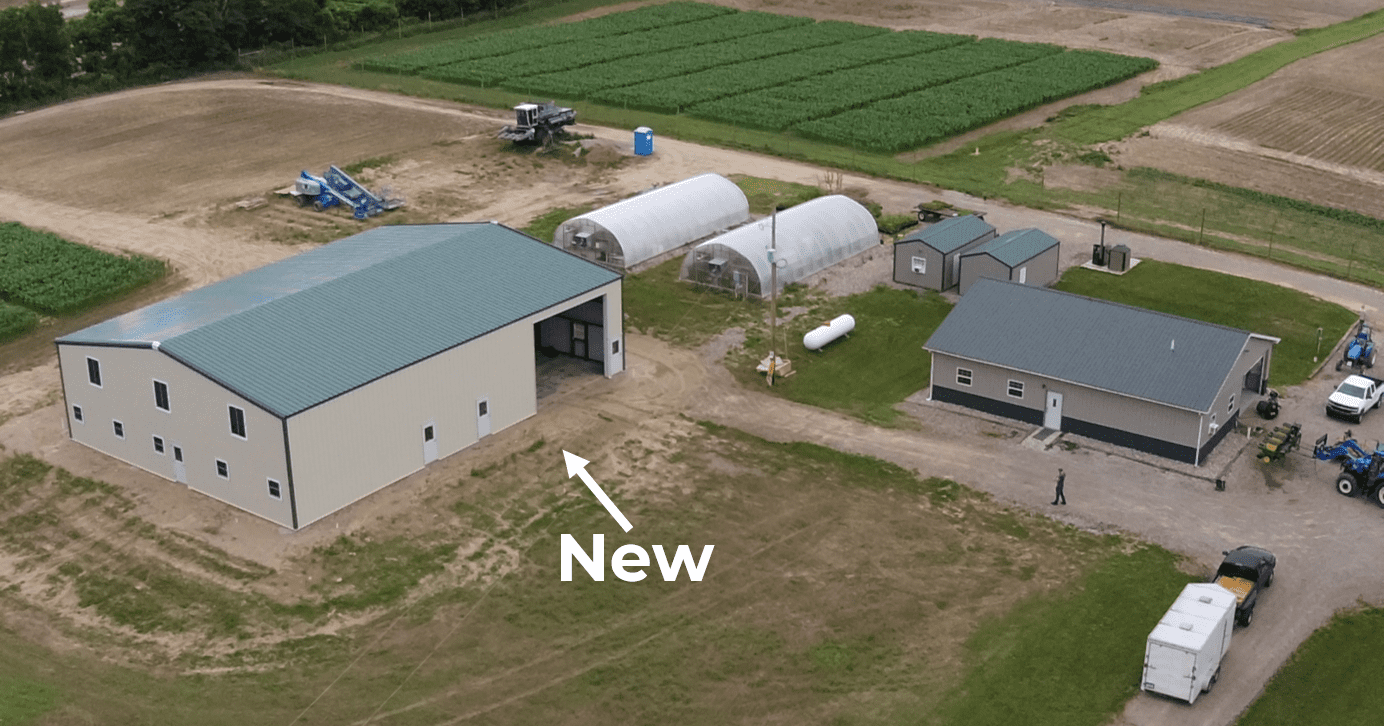

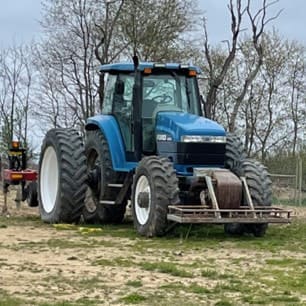

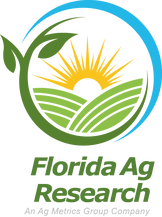
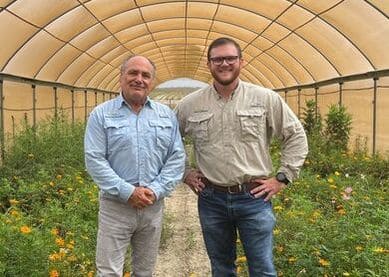
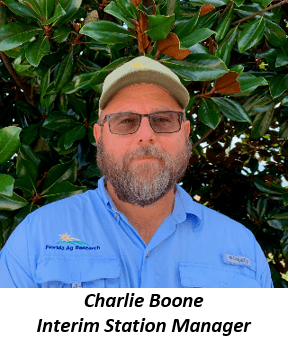
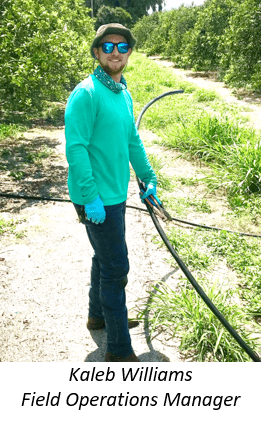

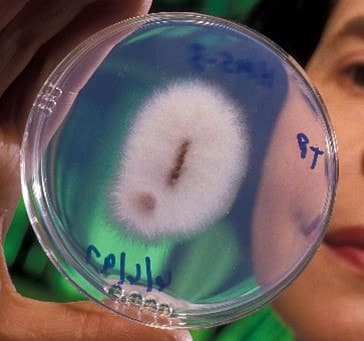
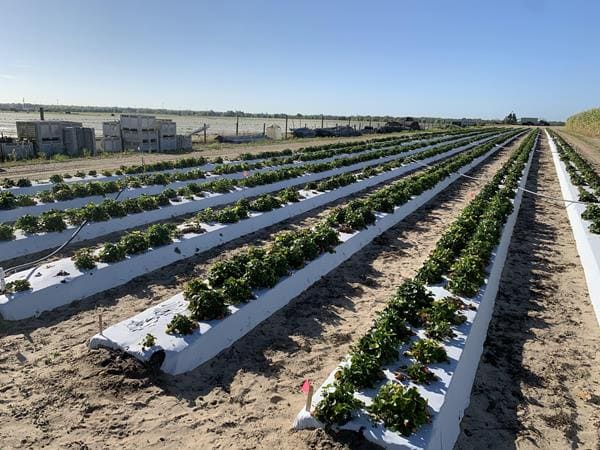
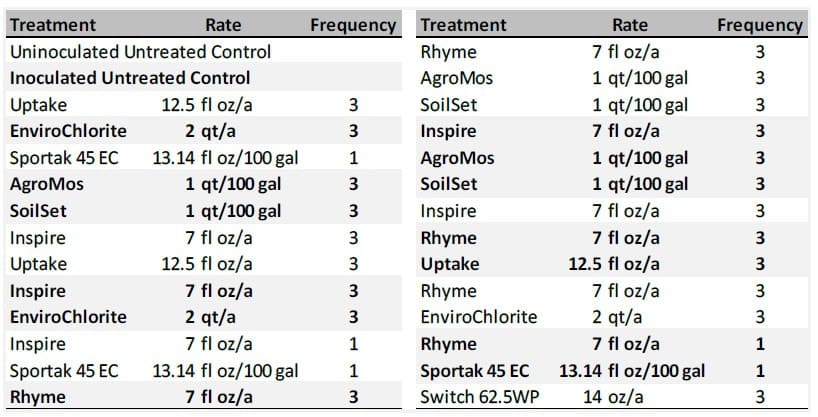
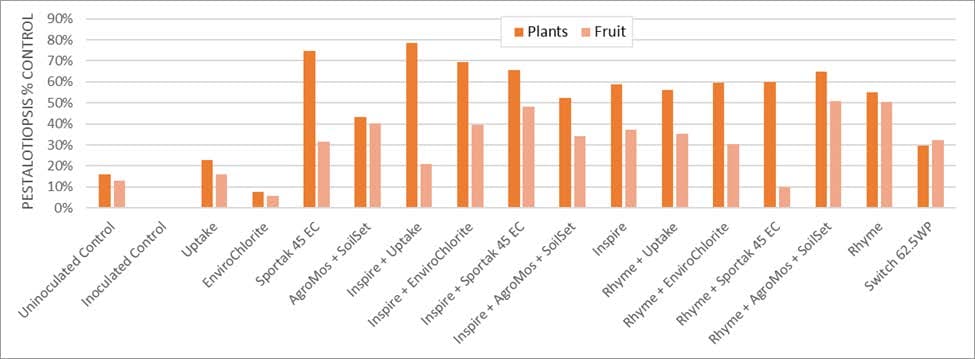
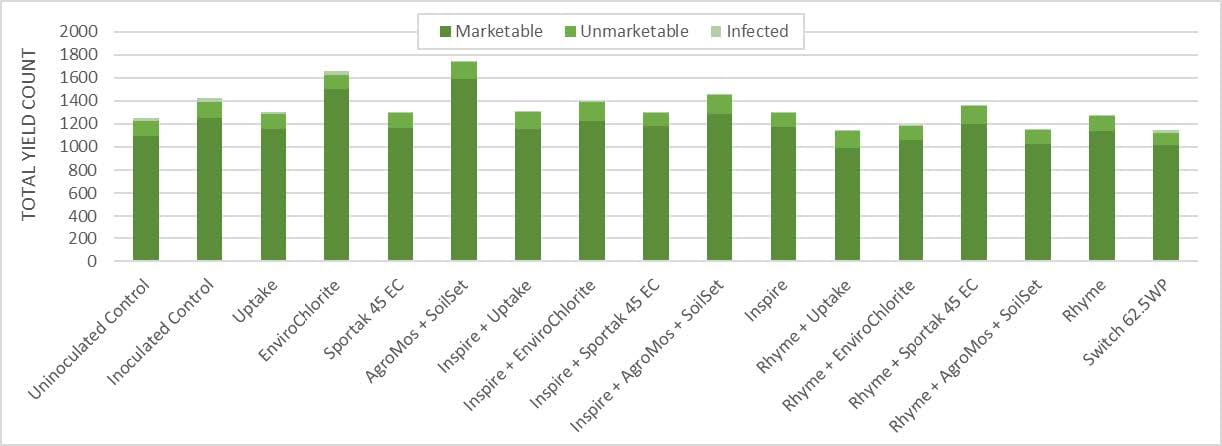
 RSS Feed
RSS Feed
